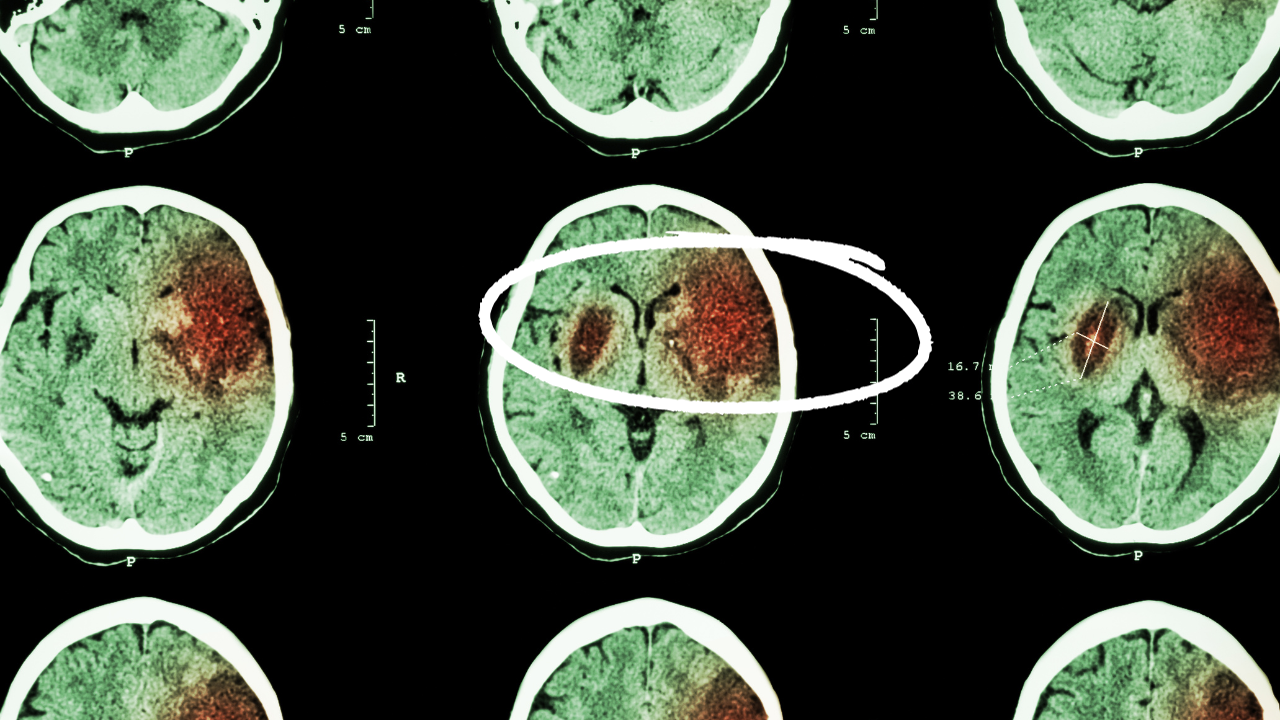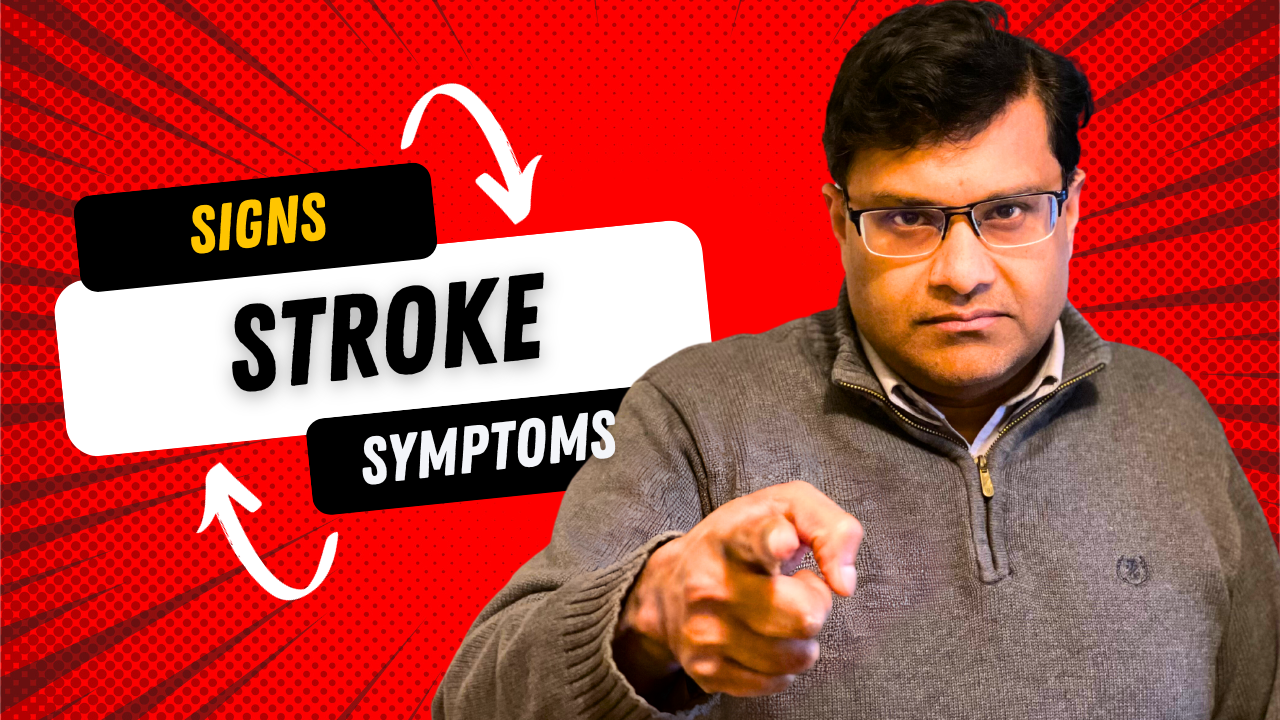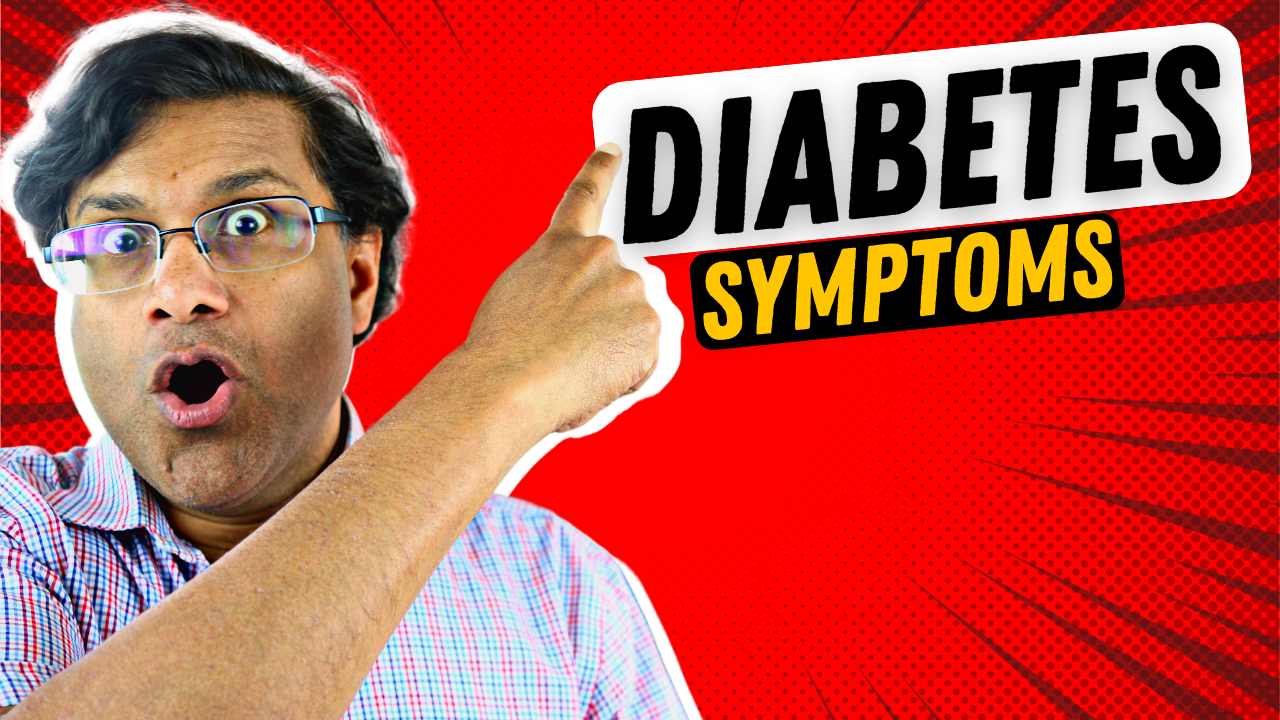- Every second counts.
- A stroke can cause devastating disability, permanent damage to your brain and even death. This video we will look at the most common signs and symptoms of a stroke. Coming up
- The BE FAST acronym is a helpful way to remember the common signs and symptoms of a stroke and their potential causes.
1.Balance
Sudden loss of balance or coordination can occur during a stroke when the blood supply to the cerebellum, a part of the brain located at the back of the head, is interrupted. The cerebellum is responsible for coordinating movements, maintaining balance, and controlling fine motor skills. When blood flow to this area is compromised, it can lead to difficulties in maintaining balance and coordination. You might even fall.

2.Eyes
Vision problems, such as double vision or loss of vision in one or both eyes, can be a result of a stroke affecting the blood vessels that supply the optic nerve or the regions of the brain responsible for processing visual information. A lack of blood flow to these areas can affect the eye’s ability to transmit and process visual information. This can lead to visual disturbances. Your visual field is the area in front of you. Some individuals can lose the vision on the right or left side of each eye. For example, this is referred to as right sided homonymous hemianopia. So that just means that your vision is lost on the right side of each individual eye.There are different types of vision losses where different types and quadrants of your vision can be affected.
Think of your eyes as the windows to your world. During a stroke, it’s like the curtains suddenly fall shut, causing your vision to go dark.

3.Face :
Sudden drooping or numbness of one side of the face is a common sign of a stroke. This occurs because a stroke can damage the facial nerve or the area of the brain controlling facial muscles, such as the primary motor cortex. I’ll discuss the primary motor cortex a bit more in detail later in this article.When these areas are affected, it can result in the loss of muscle control on one side of the face, causing facial drooping or numbness.
4.Arms:
Sudden weakness or numbness in one or both arms can be caused by a stroke disrupting the blood supply to the motor cortex, a region of the brain that controls voluntary muscle movements, including those of the arms.
The primary motor cortex is like a control center in your brain for moving your body. Imagine it as the captain of your muscles. When you want to do something like raise your hand, kick a soccer ball, or ride your bike, the primary motor cortex is the boss that sends the signals to your muscles to make those movements happen. So, it’s kind of like a puppet master controlling the strings that make your body move. When the primary motor cortex says, “Move,” your muscles listen and do what they’re told.
When this area is affected, it can lead to muscle weakness or numbness in one or both arms, making it difficult to move them properly.
5.Speech :
When someone has a stroke, it means that part of their brain got damaged because it didn’t get enough blood. This can happen for different reasons, like a blood clot or a burst blood vessel. The brain is like the control center for our body, and it has a special area that helps us talk and understand what people are saying. Now, when this talking and understanding part of the brain gets hurt in a stroke, it’s like the wires connecting a phone call are all jumbled up. So, the person who had the stroke might have trouble putting their thoughts into words. They might talk slowly, slur their words, or say things that don’t make sense. It’s also possible they won’t fully understand what others are saying to them, kind of like hearing a foreign language.
Speech problems during a stroke typically manifest as slurred speech, difficulty speaking, or the inability to speak at all. A stroke can affect the regions of the brain responsible for speech and language production, such as Broca’s area (which controls the physical act of speech) and Wernicke’s area (responsible for language comprehension). Damage to these areas can result in you not speaking properly and in some cases you might be not able to speak.

6.Time :
Time is a critical factor in stroke management. When someone exhibits any of the above symptoms, it’s essential to call emergency services immediately and seek medical attention. The faster a stroke is diagnosed and treated, the better the chances of minimizing damage to the brain and improving the chances of a successful recovery. Timely medical intervention, such as administering clot-busting medication or performing clot removal procedures, can make a significant difference in stroke outcomes.
Understanding these symptoms and their underlying causes is crucial for recognizing the signs of a stroke and taking prompt action to seek medical assistance. Stroke is a medical emergency, and quick response is essential to save lives and reduce the potential for long-term disability.

7.Bonus section:
Other symptoms which I did not going to detail about include dizziness, nausea and vomiting, seizures as well as having a sudden headache which is quite severe. Disorientation and confusion and complete lack of responsiveness can be symptoms as well.
If you’re interested in the YT video click right here!
Sources:







